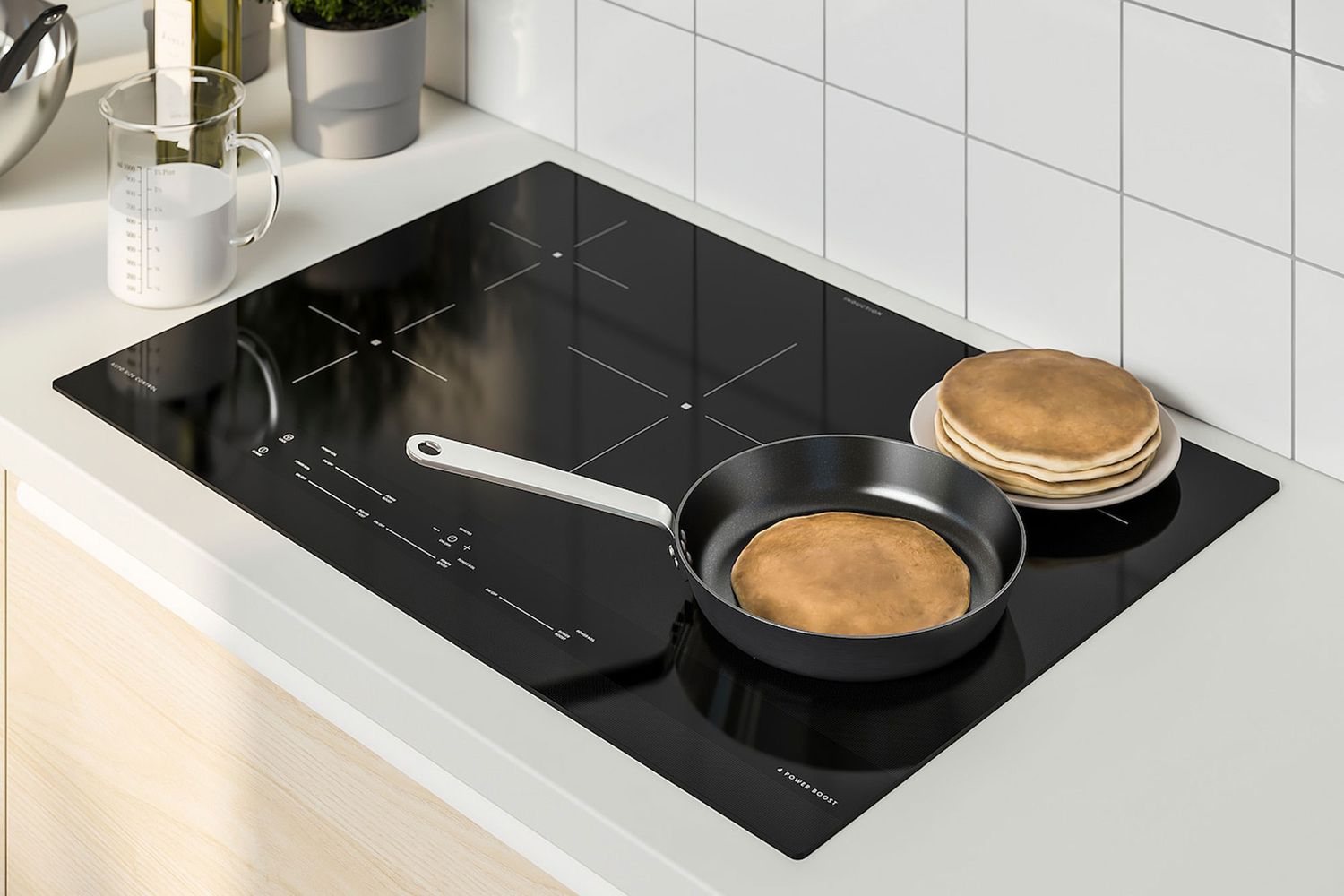

Articles
What Is An Induction Stove Top
Modified: May 6, 2024
Discover the benefits of using induction stove tops through these informative articles. Learn about their efficiency, safety features, and how they compare to traditional gas and electric stoves.
(Many of the links in this article redirect to a specific reviewed product. Your purchase of these products through affiliate links helps to generate commission for Storables.com, at no extra cost. Learn more)
Introduction
Welcome to the world of induction stove tops! In recent years, this innovative kitchen appliance has gained popularity for its efficient and precise cooking capabilities. But what exactly is an induction stove top, and how does it differ from traditional gas or electric stoves?
An induction stove top is a cooking appliance that uses electromagnetic fields to directly heat the cooking vessel, rather than relying on an open flame or a heated coil. This unique technology allows for faster heating, precise temperature control, and increased energy efficiency.
The principle behind induction cooking is simple yet fascinating. When you turn on an induction stove top and place a compatible cookware on its surface, the stove generates a high-frequency electromagnetic field. This field induces a electric current in the bottom of the cookware, which in turn produces heat.
One of the main advantages of induction stove tops is their incredible speed when it comes to heating up. The induction technology ensures that heat is generated directly in the cookware, resulting in faster and more efficient cooking. For those who are short on time or enjoy the convenience of quick meals, an induction stove top can be a game-changer.
In addition to speed, induction stove tops also offer precise temperature control. Unlike gas or electric stoves where the heat can vary, induction stoves allow you to adjust the heat instantly and with pinpoint accuracy. This level of control is particularly beneficial when working with delicate recipes or sensitive ingredients that require specific temperatures.
Energy efficiency is another key feature of induction stove tops. Because the heat is generated directly in the cookware, there is minimal energy waste. Traditional gas or electric stoves, on the other hand, lose a significant amount of heat to the surrounding environment. With an induction stove top, you can enjoy cooking while minimizing energy consumption.
Now that you have a basic understanding of what an induction stove top is and how it works, let’s explore the advantages and disadvantages of this innovative kitchen appliance in more detail. Whether you’re a cooking enthusiast or simply looking for a more efficient way to prepare your daily meals, understanding the ins and outs of induction stove tops will help you make an informed decision.
Key Takeaways:
- Induction stove tops offer speedy heating, precise temperature control, and energy efficiency, making them a modern and convenient choice for home cooks and professional chefs alike.
- To fully enjoy the benefits of cooking on an induction stove top, it’s important to use compatible cookware, follow safety considerations, and maintain the stove top properly for a delightful culinary experience.
Read more: What Are Glass Top Stove Burners Made Of
How Induction Stove Tops Work
Induction stove tops work on a fascinating principle of electromagnetic induction. When you turn on an induction stove top and place a compatible cookware on its surface, it generates a strong and high-frequency electromagnetic field.
This electromagnetic field creates an electric current in the bottom of the cookware, which generates heat through resistance. The heat is then transferred to the food inside the cookware, allowing it to cook quickly and efficiently.
Unlike traditional gas or electric stoves, induction stove tops don’t rely on a heating element or an open flame to heat up. Instead, they directly heat the cookware itself. This means that the surface of an induction stove top remains relatively cool to the touch during cooking.
So, how does the induction stove top know if the cookware is compatible? Well, it comes down to the material of the cookware itself. Induction stove tops work best with cookware made from ferromagnetic materials such as stainless steel or cast iron.
These materials have magnetic properties, which allows them to efficiently conduct the electromagnetic field and create the necessary current for heat generation. Non-ferrous materials like copper or aluminum won’t work on an induction stove top unless they have a magnetic base or are specifically designed for induction cooking.
Another important aspect of induction stove tops is the need for a good connection between the cookware and the stove surface. The electromagnetic field relies on this direct contact to transfer the heat effectively. So, if there are any gaps between the cookware and the stove top surface, it can result in inefficient heating or even no heating at all.
To ensure a proper connection, induction stove tops often come with detection systems that can recognize the presence of compatible cookware. They may also have safety features that automatically turn off the stove if no cookware is detected within a certain time frame.
With their efficient use of electromagnetic fields and magnetic cookware, induction stove tops offer fast, precise, and energy-efficient cooking. But like any kitchen appliance, they come with their own set of advantages and disadvantages. Let’s explore them in the next sections.
Advantages of Induction Stove Tops
Induction stove tops offer several advantages that make them a popular choice among home cooks and professional chefs alike. Here are some of the key benefits:
- Speedy Heating: Induction stove tops heat up incredibly quickly. The electromagnetic fields directly heat the cookware, reducing the time it takes for the pot or pan to reach the desired temperature. This means you can start cooking in a matter of seconds.
- Precise Temperature Control: Induction stove tops provide precise temperature control, allowing you to fine-tune the heat to exactly what your recipe requires. This level of control is particularly useful for delicate dishes that demand specific temperatures to achieve the best results.
- Energy Efficiency: Induction cooking is highly energy efficient. Since the heat is generated directly in the cookware and not lost to the surrounding environment, minimal energy is wasted. This not only helps reduce your carbon footprint but also cuts down on energy costs in the long run.
- Cooler Surface: Unlike traditional stoves that emit heat from the burners, induction stove tops remain relatively cool during cooking. This not only reduces the risk of accidental burns but also makes it easier to clean up spills or splatters without the fear of getting burned.
- Safety Features: Most induction stove tops are equipped with safety features like automatic shut-off mechanisms. These features detect when a pot or pan is removed from the cooking surface and turn off the heat to prevent accidents or damage to the stove.
- Easy to Clean: The smooth glass or ceramic surface of induction stove tops makes them easy to clean. Unlike gas stoves with burner grates or electric stoves with coil elements, induction stove tops have no hard-to-reach crevices or removable parts that can trap dirt and grime. A simple wipe down with a damp cloth is usually sufficient to keep them looking pristine.
With their fast heating, precise control, energy efficiency, and safety features, induction stove tops offer a convenient and efficient cooking experience. However, it’s important to be aware of some potential drawbacks, which we’ll discuss in the next section.
Disadvantages of Induction Stove Tops
While induction stove tops have many advantages, it’s important to consider their disadvantages as well. Here are a few drawbacks to keep in mind:
- Compatibility with Cookware: Induction stove tops require cookware made from ferromagnetic materials like stainless steel or cast iron. If you have a collection of non-ferrous cookware like aluminum or copper, you may need to invest in new pots and pans to use with an induction stove top.
- Higher Cost: Induction stove tops are typically more expensive than traditional gas or electric stoves. The advanced technology and materials used in induction cooking contribute to the higher price tag. However, it’s worth considering the long-term energy savings and benefits that can make up for the initial investment.
- No Heat Indicator: Unlike gas stoves where you can see the flame and electric stoves with visual indicators, induction stove tops lack a visible heat source. This can make it challenging for some users to determine if the stove is on or off, which may pose a safety concern.
- Requires Magnetic Cookware: As mentioned earlier, induction stove tops only work with cookware that has a magnetic base or is specifically designed for induction cooking. If you have a favorite piece of non-magnetic cookware that you prefer to use, it may not be compatible with an induction stove top.
- Possibility of Electromagnetic Interference: Induction stove tops generate electromagnetic fields that are safe for cooking. However, they may interfere with certain electronic devices placed nearby. It’s important to keep sensitive electronics like pacemakers or credit cards at a safe distance from the stove to avoid any potential issues.
- Learning Curve: Switching from a gas or electric stove to an induction stove top may require some adjustment in cooking techniques. The instant heat and precise temperature control of induction cooking can be overwhelming at first, but with practice, you can master the art of cooking with an induction stove top.
While the disadvantages of induction stove tops should be taken into consideration, they are generally outweighed by the numerous benefits they offer. By understanding and working around these drawbacks, you can fully enjoy the advantages of induction cooking.
Safety Considerations
Induction stove tops are generally considered safe to use, but it’s important to be aware of a few safety considerations to ensure a secure cooking experience. Here are some key safety tips to follow when using an induction stove top:
- Keep Cookware Stable: Make sure the cookware is stable and properly placed on the induction stove top. This will help prevent accidents and spills while cooking.
- Watch Out for Hot Surfaces: Although the surface of an induction stove top remains relatively cool during cooking, the cookware itself can become extremely hot. Always use oven mitts or pot holders to handle hot pots and pans, and be cautious when touching the cookware.
- Use Compatible Cookware: Ensure that your cookware is compatible with induction cooking. Only use pots and pans made from ferromagnetic materials, such as stainless steel or cast iron. Non-compatible cookware may not heat properly or can damage the stove top.
- Avoid Spills and Splatters: Clean up spills and splatters immediately to prevent them from burning or causing a slippery surface. This will help maintain the longevity of the stove top and reduce the risk of accidents.
- Guard Against Electromagnetic Interference: Induction stove tops generate electromagnetic fields, which can interfere with certain electronic devices such as pacemakers or credit cards. Keep such devices at a safe distance while using the stove top to avoid any possible interference or damage.
- Turn Off When Not in Use: Always remember to turn off the induction stove top when you’re finished cooking. Even though the surface may not retain heat, it’s important to conserve energy and ensure overall safety by switching off the appliance when not in use.
- Read the Manual: Familiarize yourself with the specific safety instructions and guidelines provided by the manufacturer. The manual will outline any additional safety considerations or precautions specific to your induction stove top model.
By following these safety tips and using common sense while operating an induction stove top, you can enjoy a safe and worry-free cooking experience.
Read more: What Are The Stove Top Things Called
Maintenance and Cleaning of Induction Stove Tops
To keep your induction stove top in optimal condition and ensure its longevity, regular maintenance and proper cleaning are essential. Here are some tips to help you maintain and clean your induction stove top:
- Regular Wiping: After each use, wipe down the induction stove top with a soft cloth or sponge to remove any spills or food residue. This will prevent any stubborn stains or build-up that can be more difficult to clean later on.
- Use Non-Abrasive Cleaners: When cleaning the surface of the induction stove top, avoid using abrasive cleaners or scrub brushes as they can scratch or damage the glass or ceramic surface. Instead, opt for gentle, non-abrasive cleaners specifically designed for smooth surfaces.
- Avoid Harsh Chemicals: Steer clear of harsh chemicals such as bleach or ammonia-based cleaners as they can be abrasive and potentially damage the surface of the stove top. Stick to mild, environmentally friendly cleaners or homemade solutions like vinegar and water for effective yet safe cleaning.
- Remove Burnt-on Residue: If you have burnt-on residue on your induction stove top, you can use a scraper or a razor blade specifically designed for glass surfaces. Gently scrape off the residue at an angle, taking care not to scratch the surface. Afterwards, wipe the area clean with a damp cloth.
- Don’t Forget the Control Panel: Pay attention to the control panel of the induction stove top. Use a slightly damp cloth or sponge to clean the buttons or touch controls, ensuring that no liquid enters the electrical components.
- Protect Against Scratches: To prevent scratches, avoid sliding or dragging heavy or rough-bottomed cookware directly on the surface of the induction stove top. Lift and place the cookware instead, or use protective mats or trivets to create a buffer between the cookware and the stove top.
- Refer to the Manufacturer’s Instructions: Always consult the manufacturer’s instructions for specific cleaning recommendations and guidelines for your induction stove top model. Each stove top may have unique features or materials that require special care.
By following these maintenance and cleaning tips, you can preserve the appearance and functionality of your induction stove top and enjoy many years of seamless cooking.
When using an induction stove top, make sure to use cookware that is compatible with induction heating, such as cast iron or stainless steel. Avoid using cookware with a curved or uneven bottom, as it may not make proper contact with the stove top.
Comparison with Other Types of Stove Tops
When it comes to choosing a stove top for your kitchen, there are various options available, including gas, electric, and induction. Let’s compare induction stove tops with the other two popular types:
Gas Stove Tops:
- Heat Control: Gas stove tops offer precise heat control, allowing for immediate adjustments. However, induction stove tops provide even more precise temperature control.
- Energy Efficiency: Induction stove tops are generally more energy-efficient than gas stoves since heat is generated directly in the cookware and not lost to the surrounding environment.
- Heat Distribution: Gas stoves distribute heat more evenly compared to induction stoves, which concentrate heat at the bottom of the cookware. However, induction stoves still provide relatively uniform cooking results.
- Installation: Gas stoves require a gas connection, which may require professional installation and maintenance. Induction stoves only need access to electricity and can be easily installed.
- Cleaning: Induction stove tops have a smooth, glass or ceramic surface, making them easier to clean compared to gas stove tops with burner grates and drip pans.
Electric Stove Tops:
- Heat Control: Induction stove tops offer more precise heat control compared to electric stoves, which often have a slower response time when adjusting temperatures.
- Energy Efficiency: Induction stove tops are more energy-efficient than traditional coil electric stoves since heat is generated directly in the cookware.
- Cooking Speed: Induction stove tops heat up much faster than electric stoves, reducing overall cooking time.
- Cleaning: Electric stove tops with coil elements can be difficult to clean compared to the smooth surface of induction stove tops.
- Safety: Induction stove tops are generally considered safer since the surface remains cool to the touch during cooking, reducing the risk of accidental burns.
In summary, induction stove tops offer precise temperature control, energy efficiency, fast cooking times, easy cleaning, and enhanced safety compared to gas and electric stove tops. While gas stoves provide excellent heat distribution and immediate heat adjustments, and electric stoves may be more common and affordable, the unique benefits of induction cooking make it a compelling option for many households.
Read more: What Is A French Stove Top
Tips for Cooking on an Induction Stove Top
Cooking on an induction stove top can be a delightful culinary experience once you have familiarized yourself with its unique features. Here are some helpful tips to enhance your cooking on an induction stove top:
- Use Proper Cookware: Ensure that your cookware is compatible with induction cooking. Look for pots and pans made from magnetic materials like stainless steel or cast iron. Avoid using non-magnetic cookware unless it has a magnetic base specifically designed for induction stoves.
- Choose the Right Cookware Size: Use cookware that matches the size of the induction burner. For optimal heat distribution and efficiency, the diameter of the cookware bottom should be similar to the size of the burner.
- Preheat with Care: Induction stove tops heat up quickly, so be mindful of preheating times and adjust accordingly. Preheating for a shorter duration might be sufficient compared to other types of stoves.
- Utilize the Boost Function: Many induction stoves have a boost function that provides additional heat to quickly bring liquids to a boil or to sear ingredients. Use this function when you need to speed up the cooking process.
- Optimize Temperature Control: Take advantage of the precise temperature control offered by induction stove tops. Adjust the heat levels in small increments to ensure your delicate dishes are cooked to perfection.
- Be Mindful of Surface Heat: Although the surface of the induction stove top remains relatively cool during cooking, it can become hot when the cookware is removed. Avoid placing heat-sensitive items, such as plastic utensils or towels, near the cooking surface.
- Avoid Dragging Cookware: To prevent scratches on the smooth surface, lift and place cookware on the stove top instead of dragging it. This will help prolong the lifespan of the induction stove top.
- Experiment with Induction-Specific Cooking Techniques: Explore the unique features of induction cooking, such as induction-friendly griddles or the ability to boil water rapidly. Experimenting with these techniques can expand your culinary repertoire.
- Monitor Cooking Times: Due to the rapid heating capabilities of induction stove tops, it’s important to keep a close eye on cooking times to prevent overcooking. Regularly check the progress of your dishes to ensure they are cooked to your desired level.
- Keep the Stove Top Clean: Regularly clean the induction stove top to prevent build-up and maintain its performance. Wipe spills immediately and use non-abrasive cleaners specifically designed for smooth surfaces.
By following these tips, you can make the most out of your induction stove top and enjoy delicious meals with precision and efficiency.
Conclusion
Induction stove tops offer a modern and efficient approach to cooking in the kitchen. With their remarkable speed, precise temperature control, and energy efficiency, they have become a popular choice for both home cooks and professional chefs. The unique technology of induction cooking, which relies on electromagnetic fields to directly heat the cookware, provides numerous benefits that set it apart from traditional gas or electric stoves.
Induction stove tops offer speedy heating, allowing you to start cooking in seconds. The precise temperature control gives you the ability to fine-tune heat levels for even the most delicate recipes. The energy efficiency of induction cooking reduces energy waste and saves you money in the long run. Additionally, the cool surface of the stove top enhances safety and makes cleaning up spills easier.
When comparing induction stove tops to other types of stoves, such as gas or electric, each has its strengths and weaknesses. Gas stoves provide immediate heat adjustments and offer even heat distribution, while electric stoves are more common and affordable. However, induction stove tops excel in terms of precise temperature control, energy efficiency, and cooking speed.
To fully enjoy the benefits of cooking on an induction stove top, it’s important to follow some tips and guidelines. Using compatible cookware, choosing the right size pots and pans, and utilizing the precise temperature control are just a few ways to enhance your cooking experience. Additionally, being mindful of the hot surface, cleaning properly, and experimenting with induction-specific techniques will help you make the most out of this innovative cooking technology.
In conclusion, induction stove tops offer a range of advantages that make them a desirable choice for any kitchen. Their efficiency, control, and safety features provide a delightful cooking experience that can elevate your culinary creations. Whether you’re a seasoned chef or an enthusiastic home cook, an induction stove top can redefine the way you cook and ultimately enhance the enjoyment of your time in the kitchen.
Now that you're well-versed in the world of induction stove tops, why not shine a light on another crucial aspect of kitchen aesthetics? Our next article offers vibrant ideas for wall lighting that will perfectly complement your modern kitchen. From sleek and subtle to bold and dramatic, these lighting solutions are sure to transform your space, making every culinary effort a delight.
Frequently Asked Questions about What Is An Induction Stove Top
Was this page helpful?
At Storables.com, we guarantee accurate and reliable information. Our content, validated by Expert Board Contributors, is crafted following stringent Editorial Policies. We're committed to providing you with well-researched, expert-backed insights for all your informational needs.
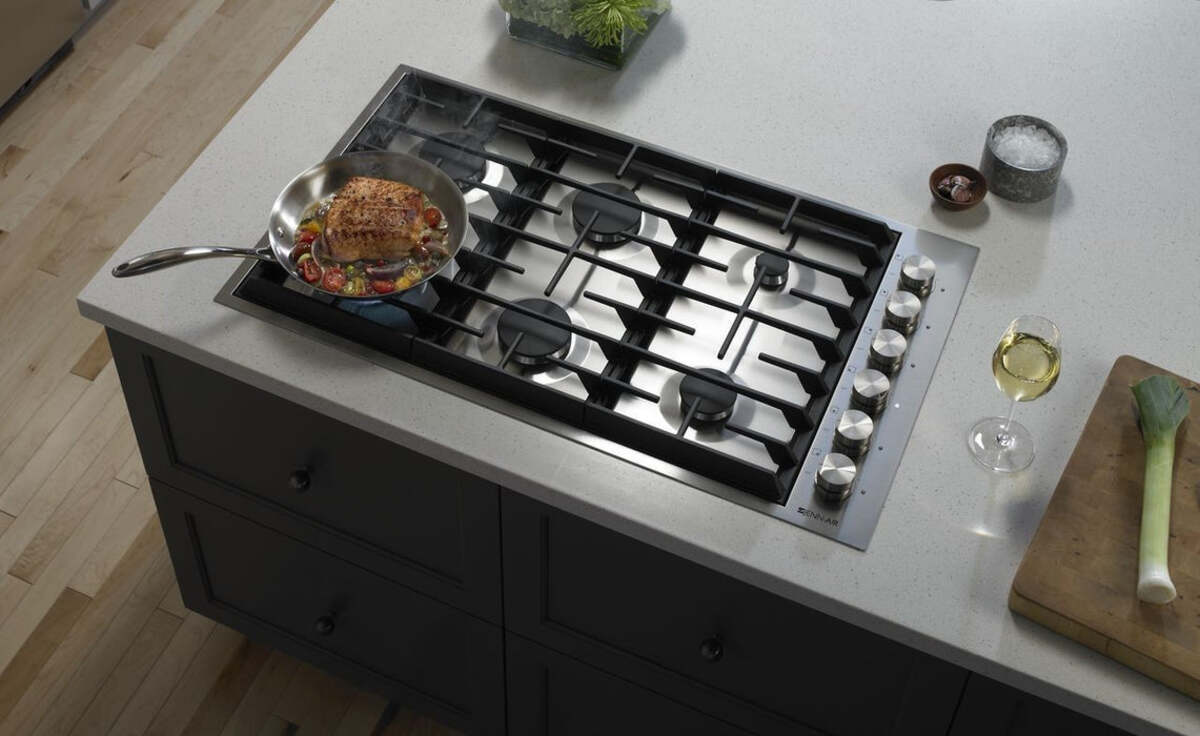
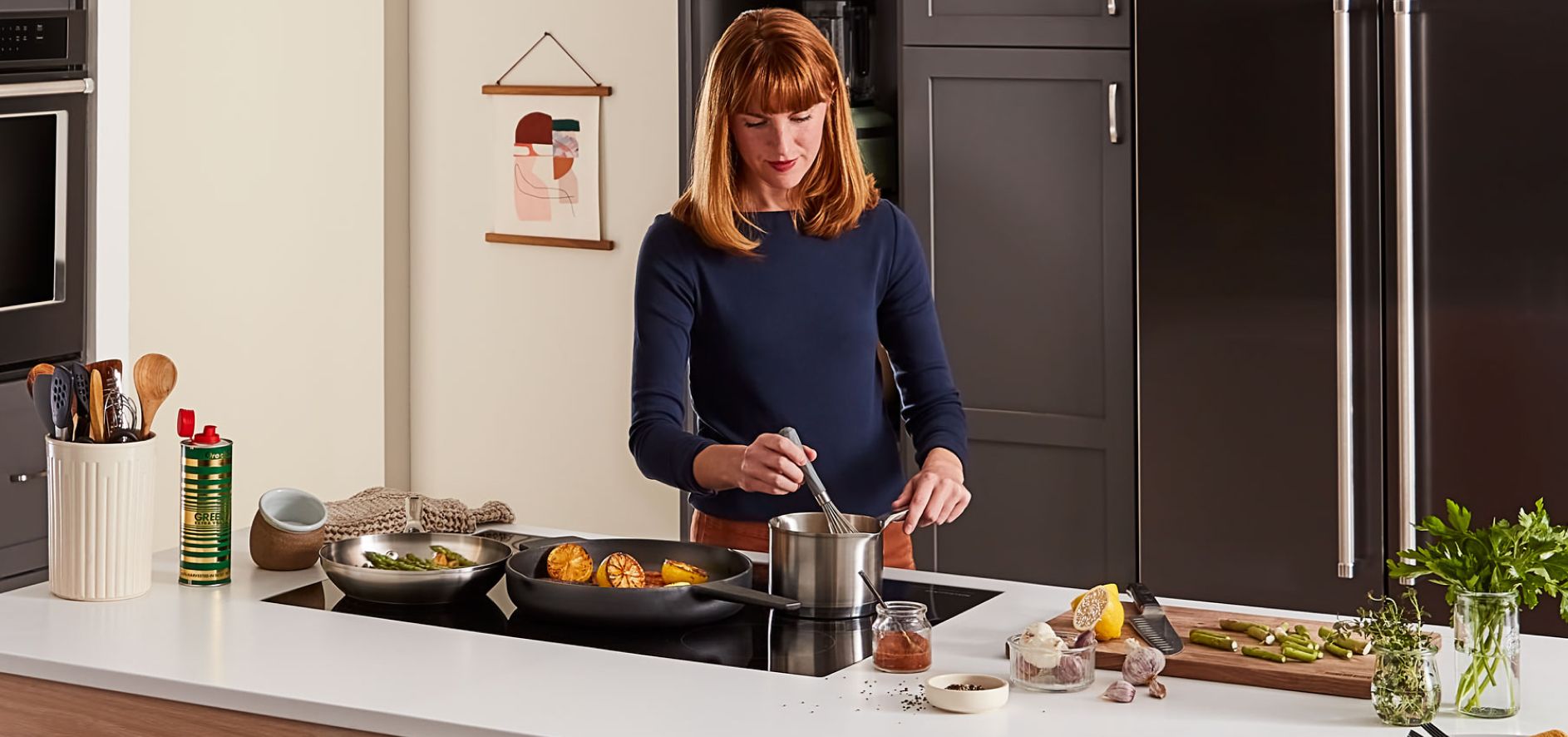
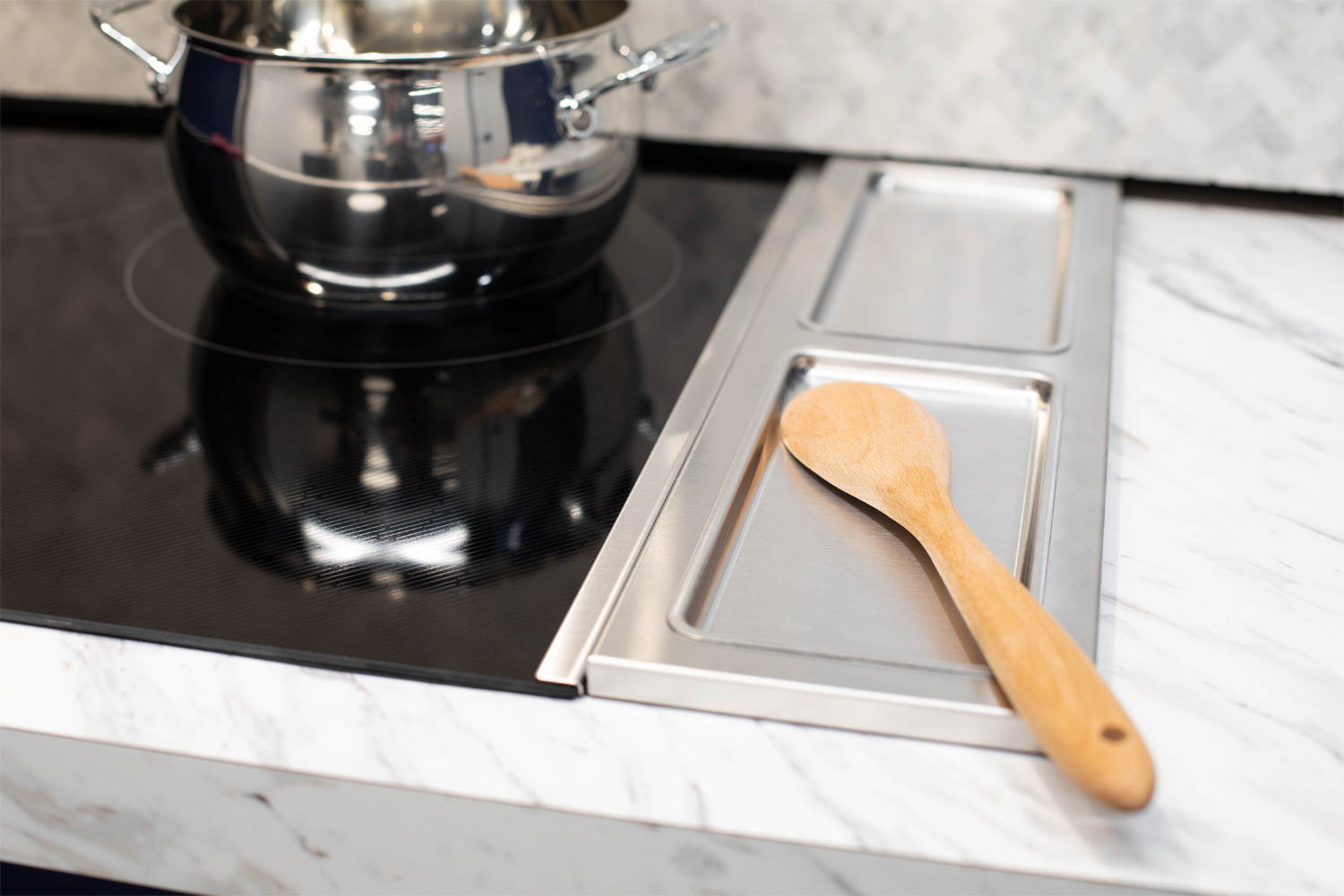
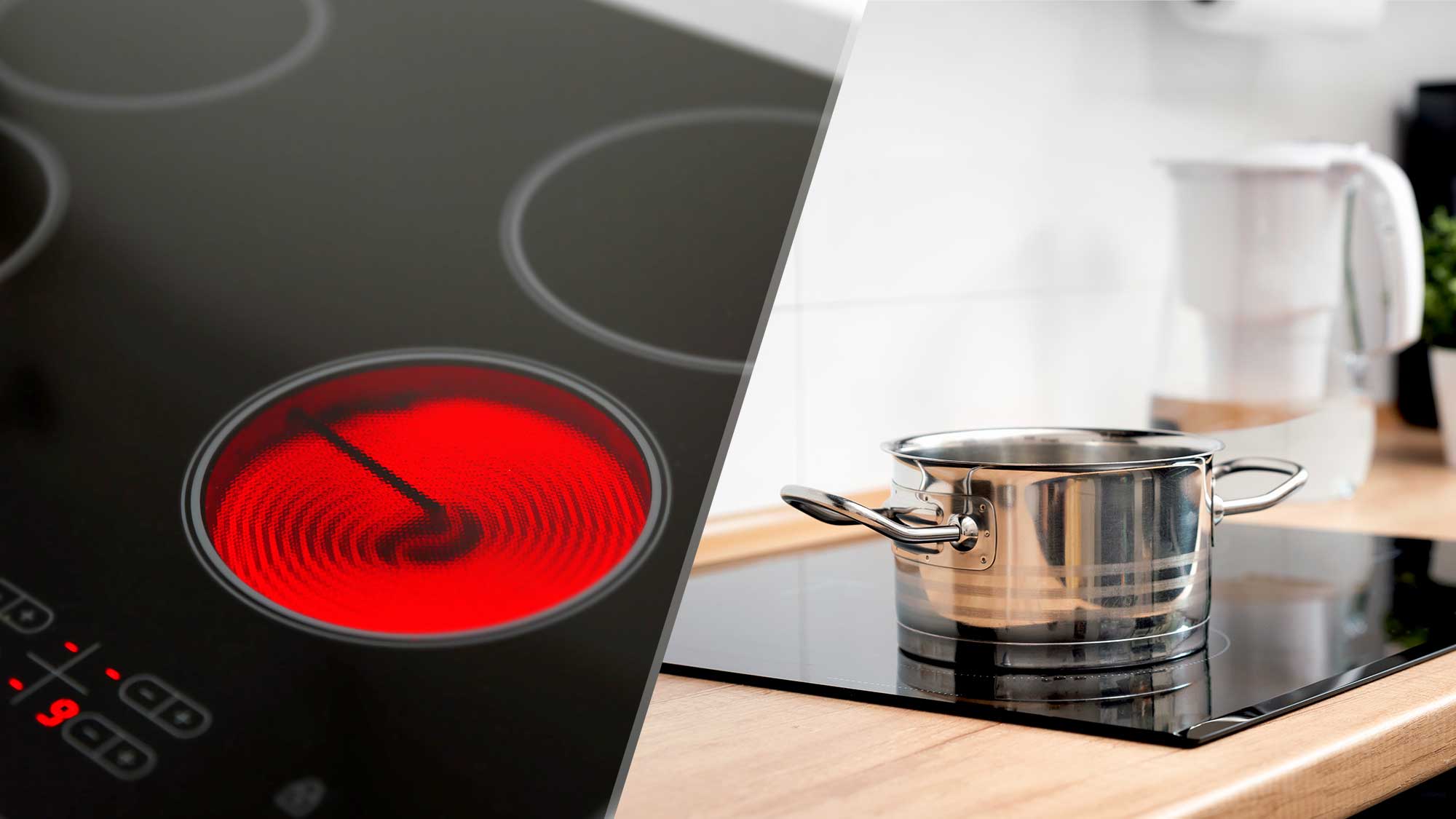
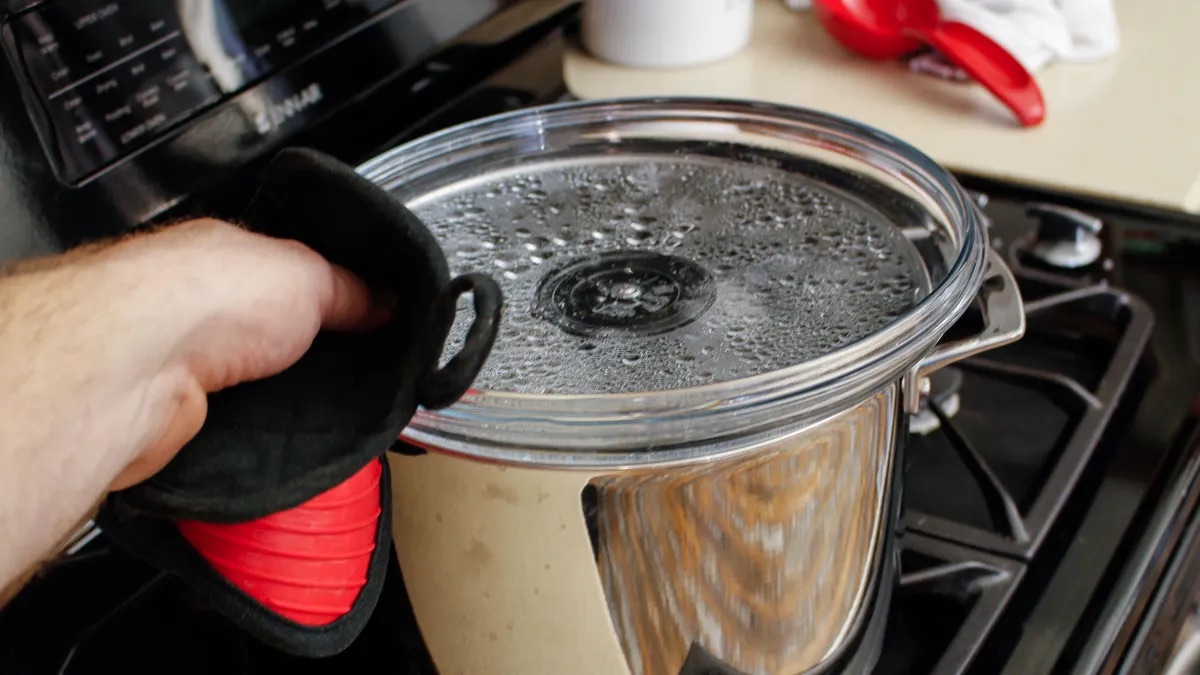
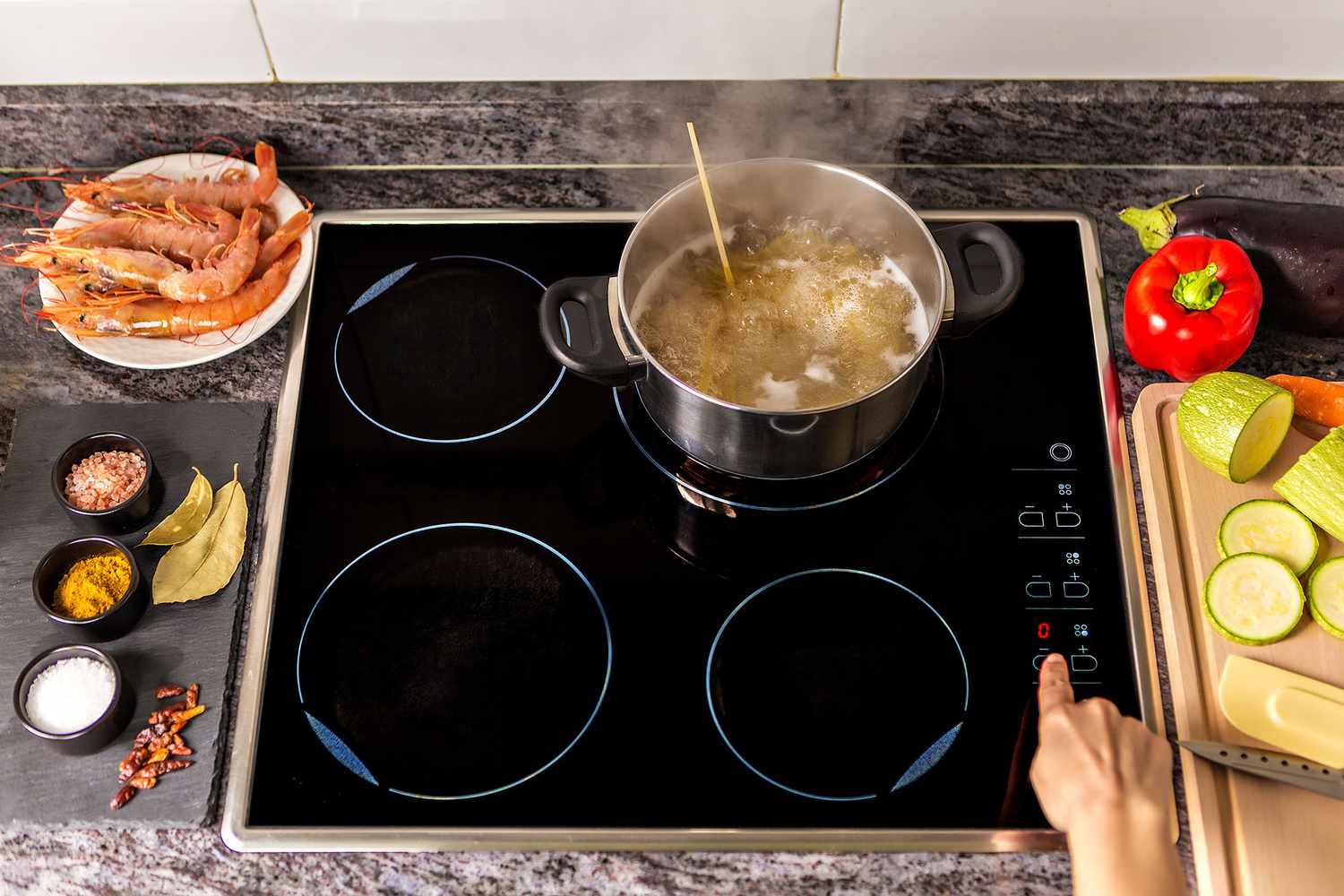
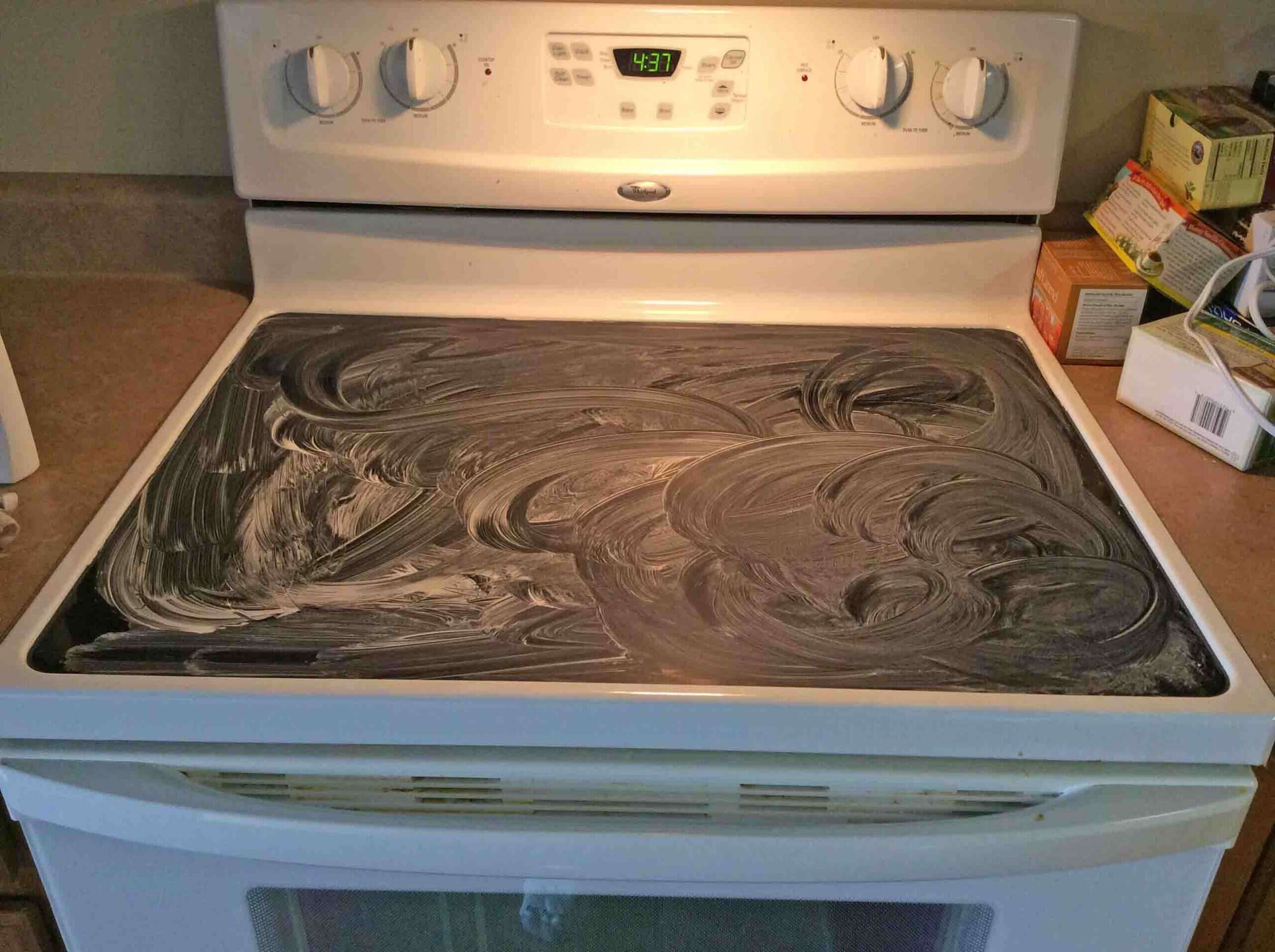
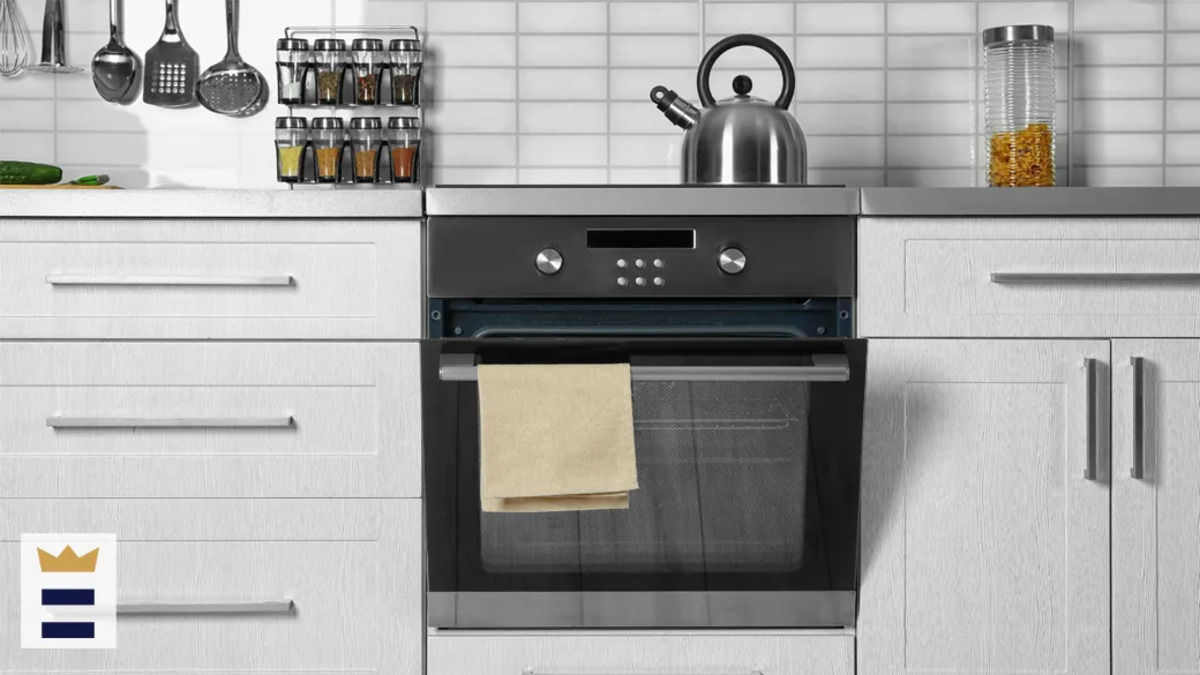
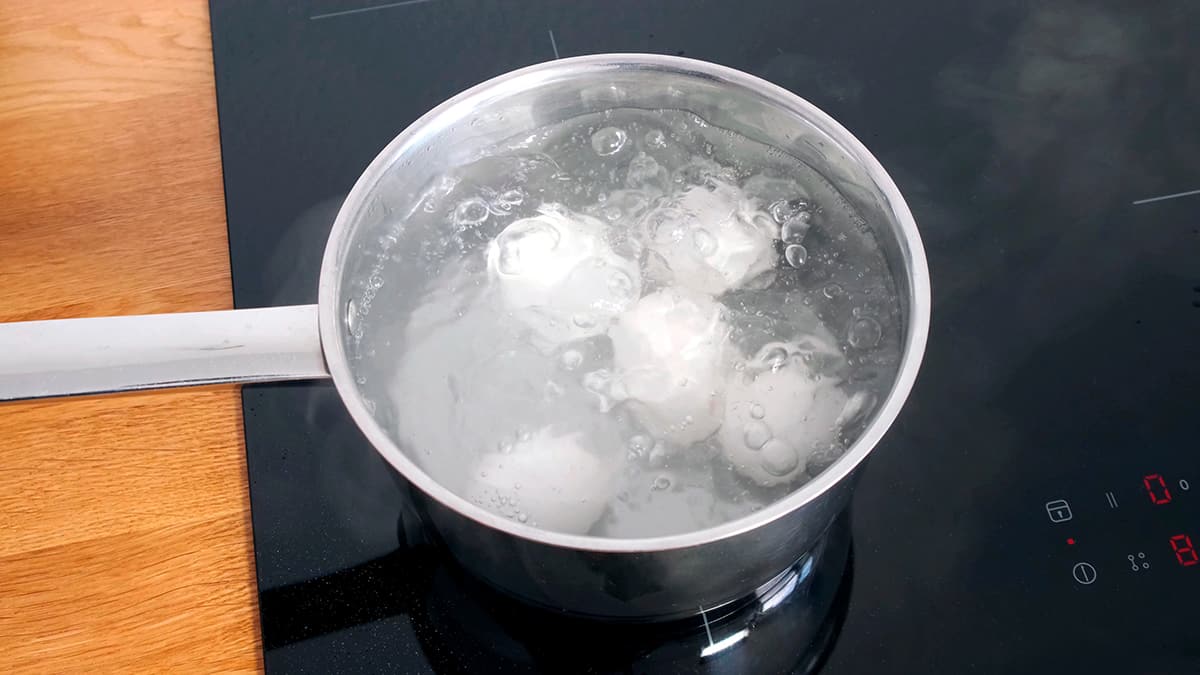
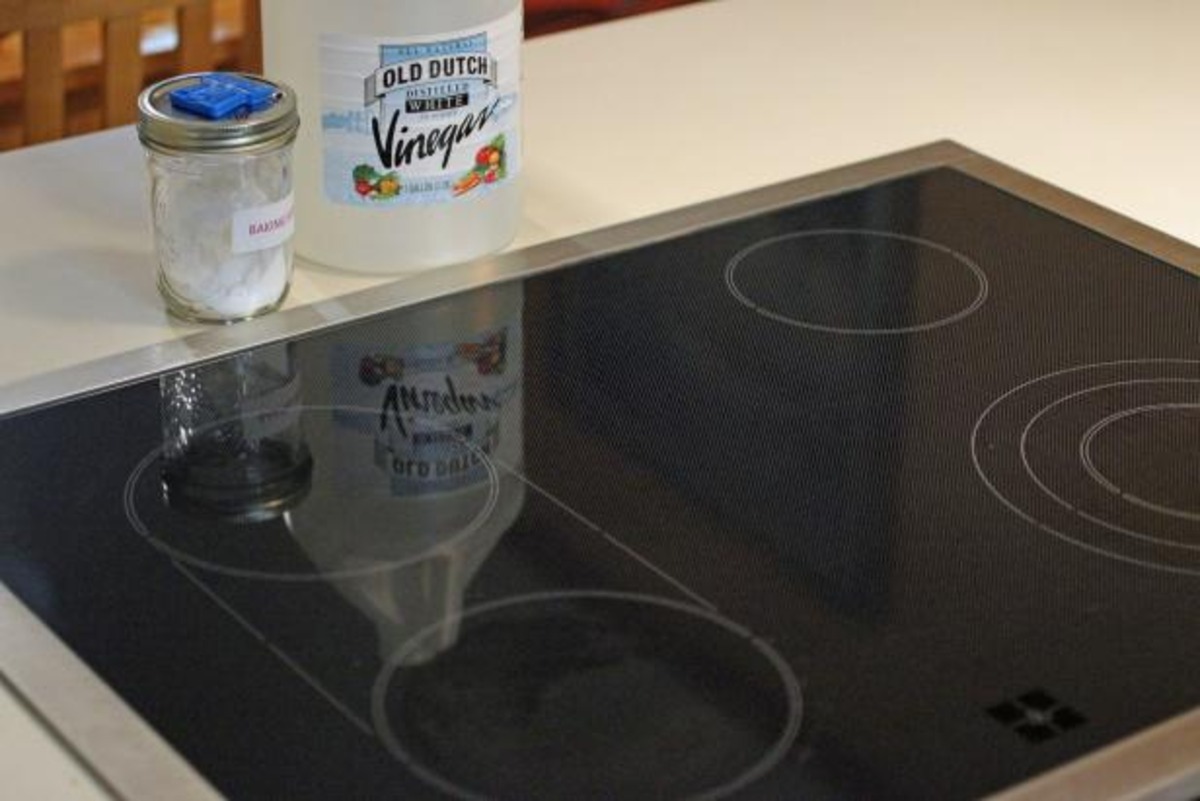
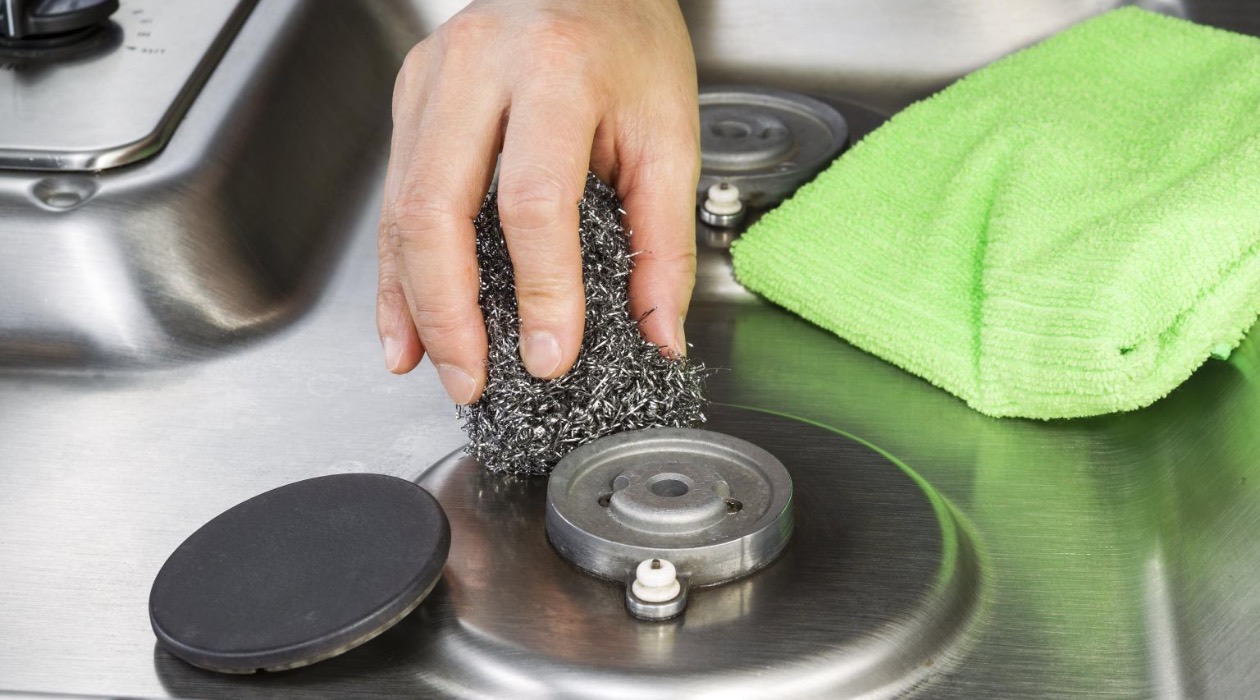
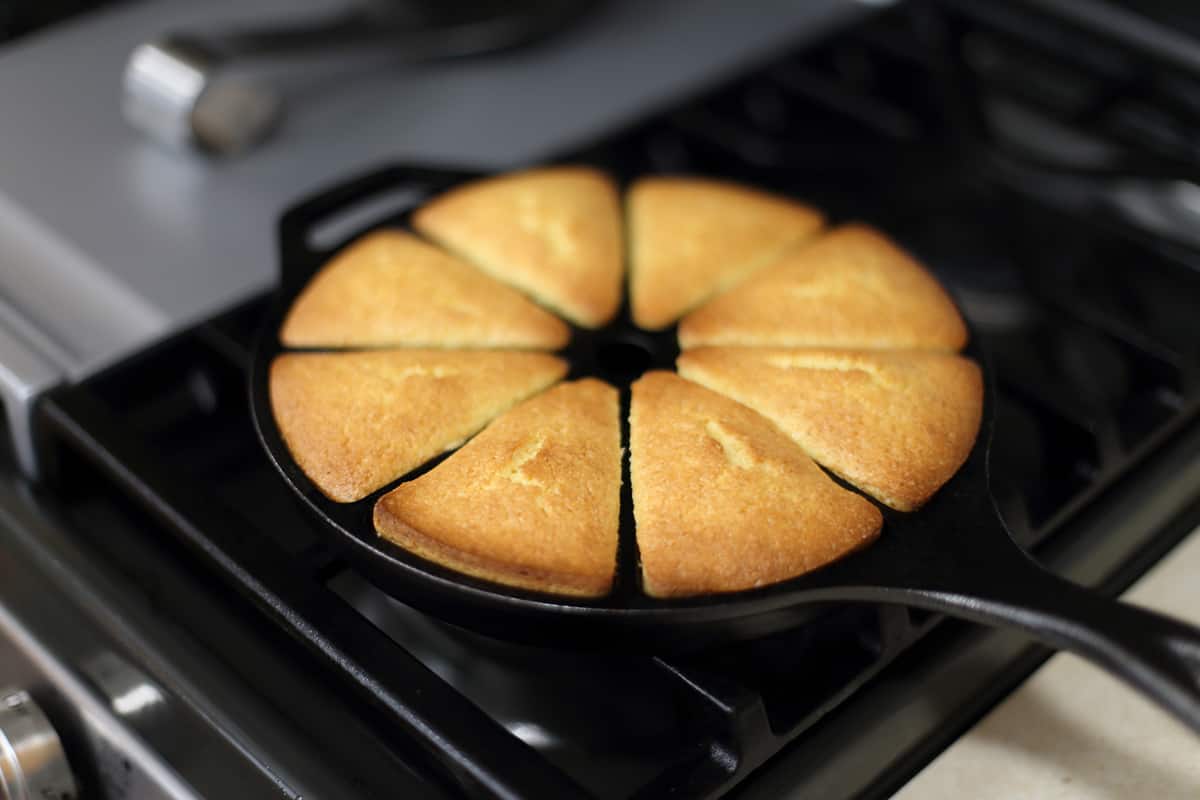
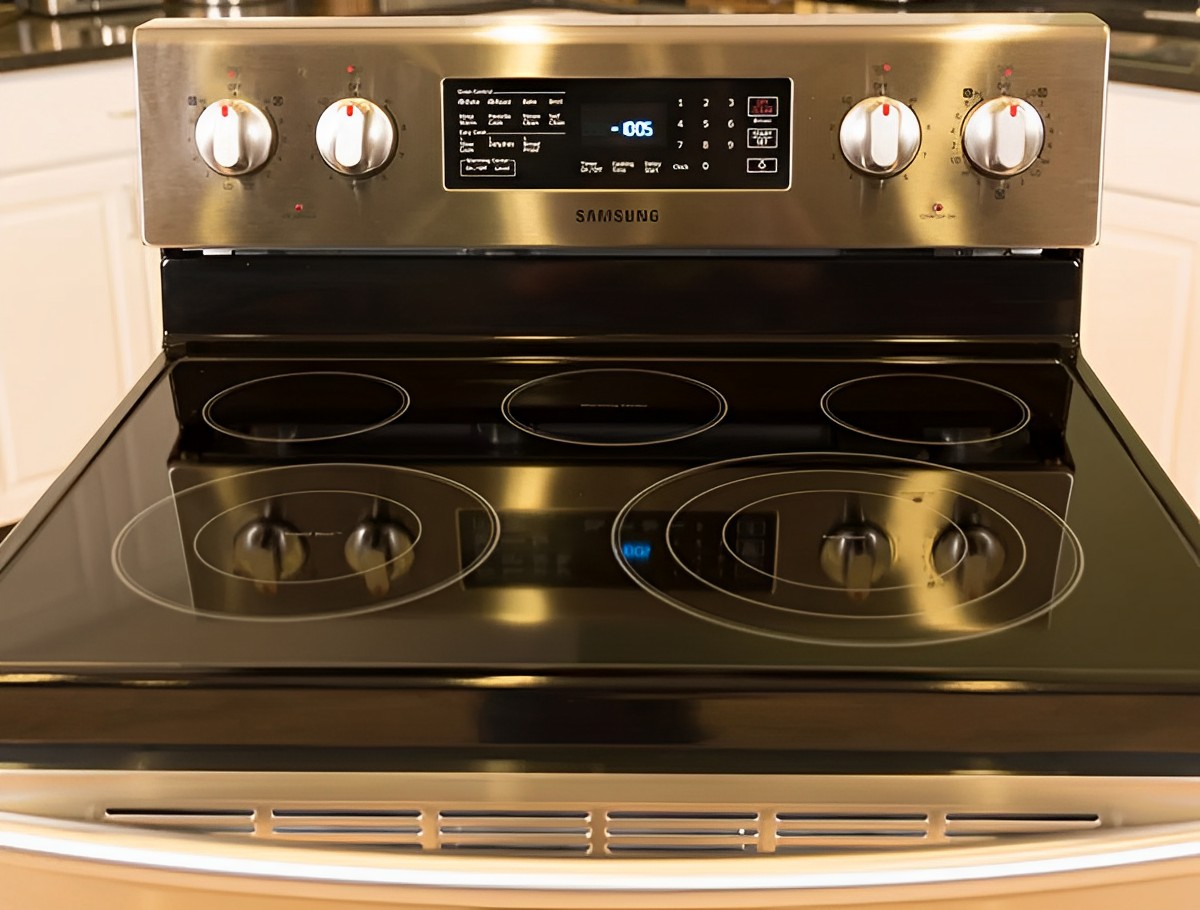

0 thoughts on “What Is An Induction Stove Top”